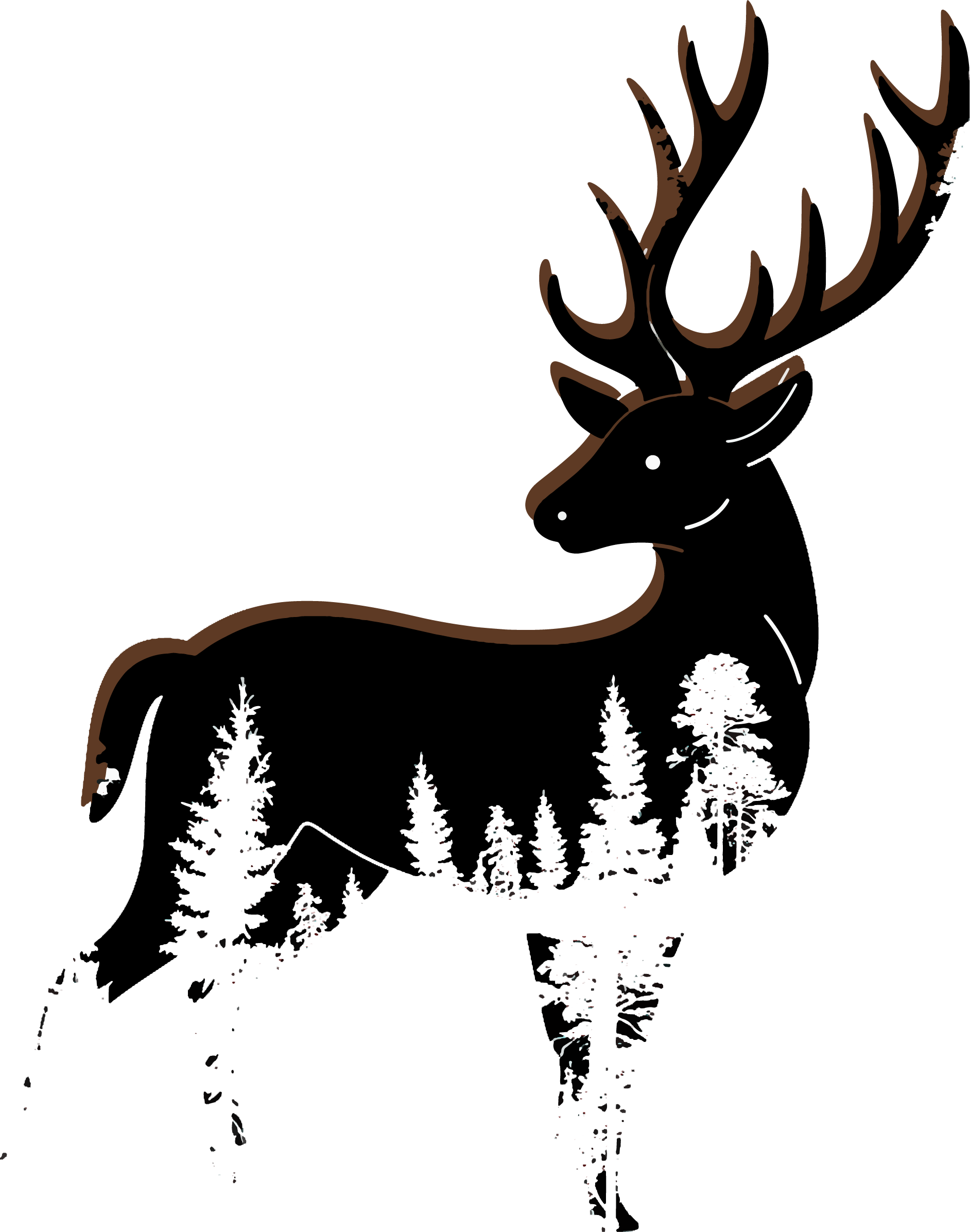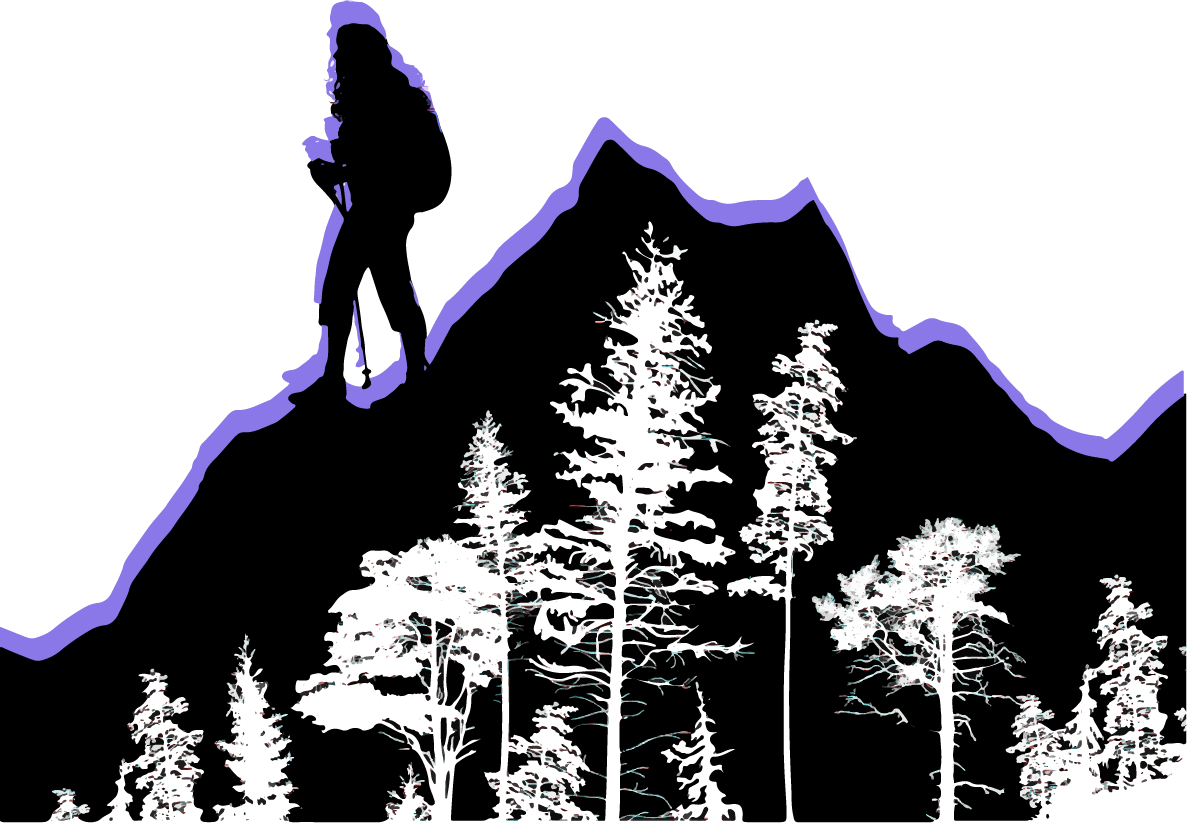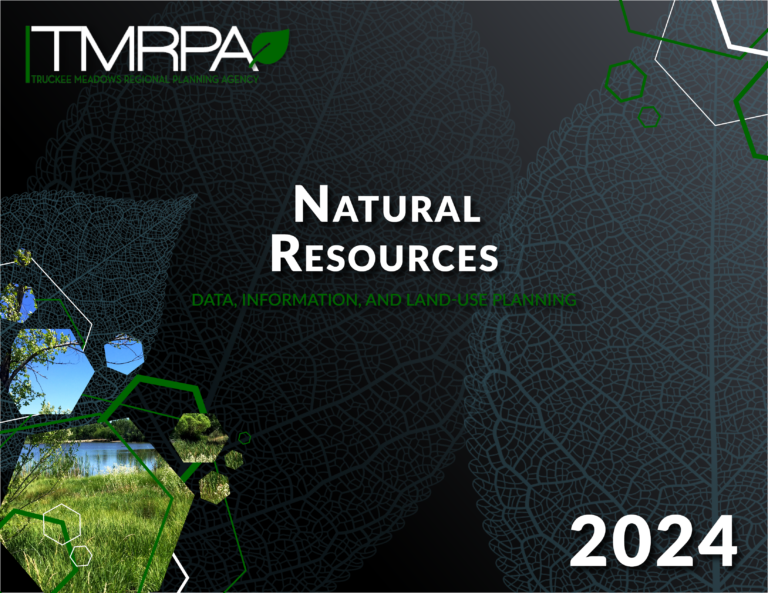

Data, Information, and Land-Use Planning
The Natural Resource Plan (NR Plan) brings together as much data and information as possible that describes the natural resource challenges and opportunities in our region. These data are organized and maintained for use by local planning staff, community leaders, non-profits, and residents in general. A subset of that data and information is reliably maintained by an official source and was used to underpin improvements to the natural resource policy section of the 2019 Regional Plan. Data received included both spatial and non-spatial types and ranged from quantitative to more qualitative. This data has been compiled into a searchable Natural Resources Data Portal. A subset of the spatial data gathered was identified as critical to creating new natural resource policies in the Regional Plan. These authoritative spatial data layers are utilized in the Natural Resource Consideration Areas policy (NRCA; see Chapter 8) and are also hosted in an online map available via TMRPA’s website. The NR Data Portal is an invaluable tool for TMRPA, its partners, and the public alike by providing a centralized location to access natural resource data that is linked to the structure of the NR Plan document.
Natural resources are often considered raw, naturally occurring materials that come from the Earth and our surrounding atmosphere, existing without any actions of humankind. For our Natural Resource Plan effort, we broaden that definition to include interactions where humans have an impact on the natural environment, both in terms of utilization and conservation. The residents of the Truckee Meadows use, modify, and enjoy natural resources in a variety of ways that are beneficial to us, such as generating geothermal power or taking a hike on a regional trail. Sometimes human activity can lead to the loss or degradation of natural resources, like the loss of habitat as development encroaches toward the wildlands on the edges of our community.
The goal of the TMRPA Natural Resource Plan is to bring together as much data and information as possible that describes the natural resource challenges and opportunities in our region. These data are organized and maintained for use by local planning staff, community leaders, non-profits, and residents in general. A subset of that data and information is reliably maintained by an official source and was used to underpin improvements to the natural resource policy section of the 2019 Regional Plan.
Breaking Down The NR Plan Categories

Physical Resources are raw, naturally occurring materials that come from the Earth and our surrounding atmosphere, existing without any actions of humankind. These resources have various characteristics, uses, and values, such as providing for municipal water supply, scenic and aesthetic value, scientific research, and cultural value. Example resources in this category include non-living natural resources, such as minerals, land, and water.
Topic Areas:
Water quality is an important consideration in our region as maintaining healthy water is essential to ensuring us as well as animal and plant life may thrive now and into the future
As our community is situated in a desert climate, water supply is a key consideration in sustaining our community
Mining has a significant impact on natural resources and it is important to balance these impacts with the potential economic benefits that also ensue

Biological Resources consist of living organisms that exist without any actions of humans. We also include humankind’s use of these resources for agriculture and livestock in this category. These resources have various characteristics, uses and values, and this category provides consideration for important topics such as conservation of species, invasive species, aesthetic value of vegetation, and scientific study and discovery. Examples of this type of resource include plants and wildlife.
Topic Areas:
This topic focused on the wildlands and wildlife that call our region home, conservation of these natural resources and preservation of these unique landscapes requires coordination among landowners, government agencies, non-profits, advocacy groups and individuals
Noxious weeds are plants that have been identified to be harmful to agriculture, the general public, or the environment while invasive species are defined as exotic or not native to an environment and have been determined to be detrimental to other species or resources
This topic focuses on the protection of lands that are important for crops, husbandry or other agricultural uses and their interaction with surrounding lands and the region as a whole
This topic focuses on the ancient environment of our Region including the climate, geography, and biology of these times. Palaeoenvironmental sciences apply the scientific method toward observing, describing, and understanding earth system process that have operated in the the past and have led to the abiotic and biotic interactions that operate on Earth today.

A historic or cultural resource is any site, building, structure, object, district, traditional cultural place, or cultural/historic landscape that has historical or cultural significance. These resources can be tangible remains of past human activity or sacred spaces with traditional cultural value.
Topic Areas:
Understanding Native American cultures provides a more comprehensive and accurate historical perspective. These cultures continue to evolve and play a vital role in contemporary society and by coordinating with these sovereign nations we can enhance our Regions resiliency
Historical sites include the significant buildings, sites, structures, landscapes, and objects that have come to distinguish the character of our city. This topic identifies the importance of protecting these places

Sustainability is an approach to planning that meets the needs of the present without compromising the ability of future generations to meet their own needs. Resiliency describes a community’s ability to endure physical, social and economic shocks and stresses. With both concepts the goal is to plan in a way that allows communities to forestall or withstand hazards and environmental variability, such as flooding and climate change.
Topic Areas:
An overarching topic that impacts many of the topics due to increase in natural disasters, seasonality length and time changes, and ambient air temperature shifts
In the Truckee Meadows there are a variety air quality concerns, including particulate matter and ozone from a variety of sources, that must be considered and planned for to ensure a healthy region for all
This topic considers sustainable and resilient energy production and how to balance it with impacts to wildlife, development, etc

Outdoor Recreation is a broad concept that describes a range of activities and landscapes. These activities vary depending on the physical environment they are being carried out in and to some degree the population engaging in them. Activities considered in this category include hiking, hunting, snow sports and water sports.
Topic Areas:
This topic area considers the range of opportunities for residents and visitors when it comes to our trail and pathway network. We also discuss the need for greater trail connectivity in the Truckee Meadows region.
This topic area refers to the spaces within the Region that are set aside for recreational use, such as parks, water bodies, forest and sports grounds.
Our Region has a variety of sports to enjoy year round. This topic area focuses on both winter and summer sports and the importance of sustaining these for our community’s quality of life here in the Truckee Meadows.

The Development and Open Land Interactions category takes into account how our pattern of development – that is, where we put housing, roadways, and other aspects of the built environment – can affect naturally occurring land that provides habitat for wildlife, scenic resources, open space, and recreational opportunities. Challenges with managing the balance of these factors include issues such as Wildland Urban Interface (WUI), wildfire management, and open-space preservation.
Topic Areas:
This topic addresses the variety of ownership and uses on unbuilt lands and how these uses differ. It also considers the variety of uses allowed on federally and publicly owned lands and the importance of protecting these areas
The Wildland Urban Interface topic looks at the impacts development has on wildland areas and the outcomes of building on the fringes of our community
This topic explores the complex issue of feral and wild horses in our Region and best practices regarding management of these horses

In 2019 the latest update to the Truckee Meadows Regional Plan was adopted. As part of the 2019 Truckee Meadows Regional Plan, a policy was adopted stating that “TMRPA will facilitate a cooperative approach to developing a plan that addresses natural resources regionally, by working in conjunction with regional partners and the wider region. As part of this natural resources plan a map will be created identifying various natural resource areas that should be protected.” In addition, Nevada Revised Statutes 278.0274 subsection 2, requires that the Regional Plan include goals, policies, maps and other documents relating to, “Conservation, including policies relating to the use and protection of air, land, water and other natural resources, ambient air quality, natural recharge areas, floodplains and wetlands, and a map showing the areas that are best suited for development based on those policies.”
Given the abundance of natural resources, as well as the variety of agencies that are involved with the management and protection of these resources in the Truckee Meadows, the need for a centralized document to coordinate natural resource planning efforts is imperative. Additionally, as part of this document, an inventory of known natural resources will need to be taken, including a map identifying areas that should be protected, along with a centralized regional database of pertinent information regarding natural resources. It is expected that a combination of local, state, federal, and non-profit data sources will need to be utilized in the creation of this document. Most of the acquired data is expected to describe specific geographies and be easily represented spatially, however some data, such as that relating to climate change, may be broader and less specific in its representation.
Who is leading this effort?
The Truckee Meadows Regional Planning Agency (TMRPA) is committed to supporting comprehensive and innovative approaches for economic development and community planning for the cities of Reno and Sparks, as well as Washoe County. In addition to facilitating land-use, infrastructure provision and resource management conversations among public and private decision makers, TMRPA also serves as a collaborative information and data warehouse, coordinating regional data collection and delivering advanced geospatial analytics for regional solutions.

Who was selected as TMRPA’s consultant?
TMRPA identified that consultant assistance would be needed in both Phase 1, scope of work development and Phase 2, completion of the project tasks as identified in the scope. As part of Phase 1, TMRPA assembled a steering committee, comprised of representatives from local, state, federal, and non-profit organizations and is intended to act as a guiding influence to help keep the NR project on track. On July 26th, the steering committee held its first meeting to provide feedback, confirm project goals, define natural resources of interest and refine the draft scope of work. Cardno, Inc. was ultimately awarded the contract to consult on the Natural Resources Plan and to assist with data gathering.
In the spirit of continuing to show off why we love our home and why land use planning for our future is so important, we want to continue to highlight more reasons to love where we live! From local environmental and sustainability projects, to our unique Great Basin high desert biome and riparian areas teeming with wildlife, to the many outdoor recreational activities we get to enjoy, we want show our fellow Truckee Meadows community what motivates us to work on the Natural Resources Plan. We hope you enjoy our Love Where You Live mini-informational series!
Our first field trip begins in Sparks at the Truckee River Narrows where you can hop out and take a look around. Then as you head south to your next destination, we discuss UNR Farms, which can be seen on your way to the Rosewood Nature Study Area. After exploring the Study Area on foot, we finish the tour with a brief overview of the Daybreak Development Area.
Our second field trip focuses on the Hungry Valley Recreation Area, more commonly known as Moon Rocks. In addition to an overview of Moon Rocks, we also discuss various notable mountain ranges, such as the Pah Rahs, Virginia Peak, and Painted Hills, which can all be seen on your way to Moon Rocks.
Our third field trip takes you south within our Region starting with a look at Ormat, a local geothermal power plant. Next, you will continue on to Washoe Lake to learn more about the wildlife and recreational opportunities our community gets to enjoy from this shallow and small but teeming-with-wildlife lake!